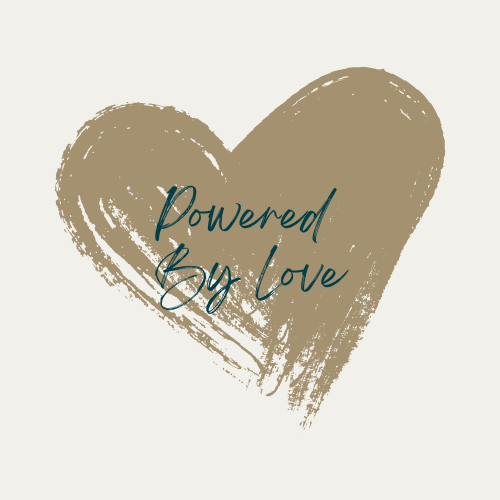Photo by davide ragusa on Unsplash
One of the things I didn’t learn well growing up – maybe because of my autism, or maybe because of my experiences of gaslighting – was which things were emotionally my responsibility, and which things were not my responsibility.
So I’ve worked hard to learn what to do with my emotions, so that I can stay grounded in the midst of whatever is happening around me.
Step 1 – Emotion (Cortisol) Detected
As humans we have this innate ability to detect emotions in each other. It’s a survival trait. It allows us to pick up on each other’s fears, respond quickly in the fact of danger. However, since not everyone’s fears have life-and-death consequences – and since we now live in much larger social groupings than before – we need to figure out what we do with all the emotions swirling around us.
Step 2 – Source of Emotion Located
To be able to figure out what we need to do in response to the emotions around us, we have to first figure out where the emotions are coming from.
Step 3 – Identify Our Level of Responsibility
There are three levels of responsibility.
Level 1: No Responsibility
- The person may not be physically present or currently in contact with me.
- The person may not be relationally in contact, though they are physically present.
- The person may be physically and relationally present but already have the capacity or support to cope on their own.
NO ACTION IS NEEDED
Level 2: Limited Responsibility
- The emotions are not mine, but belong to someone I care about
- I should acknowledge them compassionately
- The emotions are not mine, but belong to someone whom I am currently relating to
- I should acknowledge them compassionately
- The emotions are not mine but belong to a person I am currently relating to, and are in response to my actions or words
- I should acknowledge them compassionately
I SHOULD NOT OWN THESE EMOTIONS, ONLY CARE FOR THEM.
Level 3: Full Responsibility
- The emotions are mine.
- I must NAME the emotion
- I must determine WHERE it is coming from – why am I having THIS emotion? Why NOW?
- I must choose to make a safe space to maturely FEEL the emotion (no repression, no being carried away)
- Only after I have done all these things may I consider if there is a need to ask for (NOT DEMAND) help with my emotion.
MY ACTION IS NEEDED
Maybe you’re less autistic than I am, so this comes more naturally to you.
Maybe you’ve had a more practice, so you don’t need to think about it.
But when I watch those around me I sometimes wonder whether there are others out there who could do with learning these steps a little better as well …
And I’m not for a second saying that I’ve got these completely figured out yet – not by a long shot.
For example, I had a particularly difficult day a few weeks ago.
I was up super early for an appointment in Toronto. I traveled down with an amazing friend and her two kiddos. I got yet another ‘I don’t know’ from a doctor. I got home tired and there were still kids to run around and dinner to make and homework to help with, and a husband who’s sick with some sort of lung thing …
I was aware of the emotions of the other people at the hospital – but they weren’t mine to do anything about, so I practiced just letting them go.
I was aware of the emotions of my friend and her kiddos and my kids and my husband. These are my people, so I tried to see them and notice them and probably did well at that for about 80% of the day.
But at the end of the day I was tired, and making space for me to acknowledge my own emotions was hard, and so I tried skipping out on it.
I tried repressing them.
Only it didn’t work.
They were still there the next morning.
Still waiting for me, ready to pounce the moment my guard was down.
And because I had been repressing them for a day already by the time I got to them, they were bigger and more intense than they might have been had I been able to find the way I needed to verbalize them in the first place.
It took more time and effort to work through them.
It was more challenging to see them clearly because I had put off the process, so now I was experiencing them without the contextual cues.
It’s not easy.
I’m still learning.
But when I get it right the difference is incredible!


Leave a comment